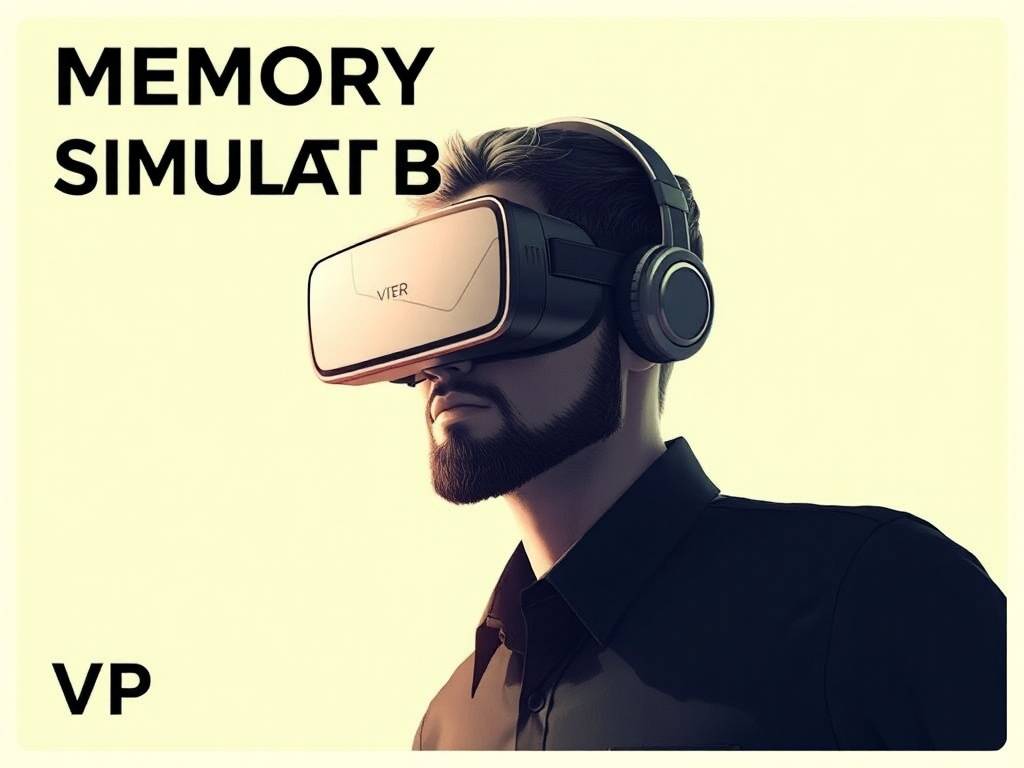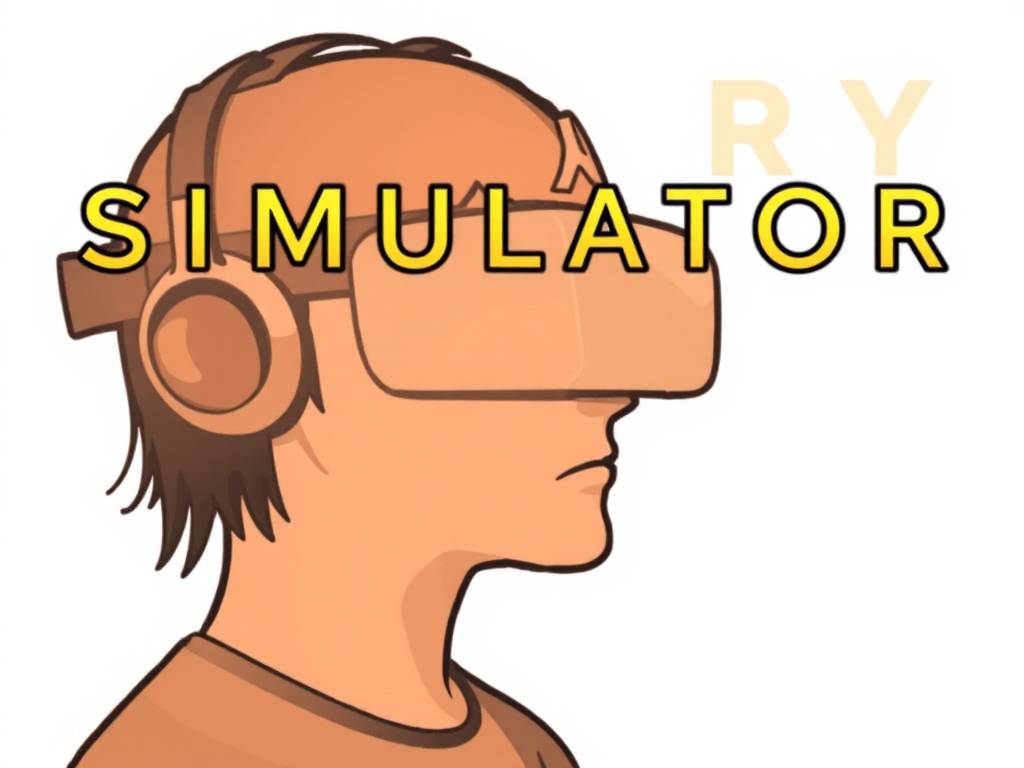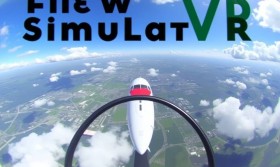Title: Beyond Recollection: How the 'Recall Missions' Update Transforms Memory Simulator VR from a Museum into a Living Mind
The virtual reality landscape is often dominated by fantastical worlds, adrenaline-fueled shooters, and sprawling social hubs. Yet, a quieter, more profound revolution has been taking shape within the digital confines of Memory Simulator VR. Initially launched as a groundbreaking tool for archiving personal histories with photorealistic precision, the platform allowed users to reconstruct cherished locations—a childhood home, a grandparent’s garden, a first apartment—down to the most minute detail. It was, in essence, a beautiful, static museum of the mind. But with the release of its latest, monumental update, "Recall Missions," the experience has undergone a paradigm shift. It no longer just houses memories; it actively brings them back to life, turning passive recollection into an interactive, emotional journey of rediscovery.
From Static Scenes to Dynamic Narratives
The core innovation of the Recall Missions update lies in its move from environmental simulation to narrative-driven experience. Previously, a user might have painstakingly recreated their old family kitchen. They could look around, perhaps even pick up a virtual coffee mug, but the memory remained a tableau. The new system changes everything.

Upon loading a saved memory-scape, the platform’s advanced AI, which we’ve dubbed the "Cognitive Echo Engine," now analyzes the spatial and object data to generate a series of contextual objectives or "Missions." These are not arbitrary tasks imposed by developers; they are gentle prompts designed to guide the user along the forgotten pathways of their own past.
For example, in the memory of a childhood birthday party, the initial Mission might be simple: "Find the source of the music." This prompt encourages the user to move beyond simply observing the room and to engage with it. As they follow the sound of a tinny cassette tape to a boombox in the corner, the AI logs their engagement. The next Mission might appear: "The cake is missing its candles. They must be nearby." This prompts a search through drawers or bags, an interaction that often unearths a cascade of associated details—the feel of the wooden drawer handle, the sight of a forgotten toy tucked away. Each completed Mission deepens the immersion and strengthens the neural pathways associated with that memory.
The Haptic Heartbeat: Sensory Reintegration
A key technological leap enabling this update is the full integration of next-generation haptic feedback suits and controllers. Memory is not a purely visual or auditory phenomenon; it is multisensory. The Recall Missions are designed explicitly to leverage this.
A Mission in a memory of a beach holiday might be: "Feel the first cold touch of the water." Wading into the virtual ocean, the user doesn't just see it; a network of haptic nodes on their feet and ankles generates a precise sensation of cool pressure, followed by a slight warmth as their virtual feet "acclimate." In a memory of a grandfather’s workshop, a Mission to "Tighten the vise on the workbench" is completed by physically mimicking the action with VR controllers, which provide resistive feedback and a subtle vibration, perfectly simulating the grind of metal on metal. This sensory reinvention is arguably the update's most powerful feature. It bridges the gap between seeing a memory and feeling it again, making the recollection strikingly vivid and emotionally resonant.
Emotional Weather Systems and Fading Details
The "Cognitive Echo Engine" also introduces a dynamic layer of what we call Emotional Weather. The clarity and stability of a memory-scape are no longer fixed. They now fluctuate based on the user's engagement and the inherent emotional weight of the memory.
As a user successfully completes Missions, actively engaging with their past, the environment becomes brighter, sounds clearer, and details sharper. It simulates the act of focusing one’s mind. Conversely, if a user remains passive or encounters a Mission linked to a difficult or faint memory, the environment may react. Details at the periphery might begin to fade or become distorted, mimicking the fog of time or the subconscious mind's protective haze. A memory of a lost loved one might see their face remain slightly blurred until the user completes a Mission centered on a positive, shared activity, at which point the image clarifies. This system treats memory with the complexity it deserves, acknowledging that recollection is not a perfect playback but an active, often emotional, reconstruction.

Ethical Safeguards and the "Memory Curator" Mode
The team behind Memory Simulator VR is acutely aware of the profound ethical implications of such powerful technology. The Recall Missions update is launched in tandem with a robust suite of safety features, central to which is the "Memory Curator" mode.
This mode allows users (or appointed loved ones) to pre-screen and tag memories. They can designate specific Missions as "emotionally intense," setting optional pause screens with calming prompts or links to mental health resources. More critically, they can lock certain memories or Mission chains entirely, preventing accidental or unprepared re-immersion into traumatic events. The platform emphasizes user agency above all else, ensuring that the journey into the past is always a consensual and controlled one.
The New Frontier of Personal Archaeology
The Recall Missions update fundamentally redefines the purpose of Memory Simulator VR. It has evolved from a digital scrapbook into a tool for personal archaeology. Users are no longer mere visitors to their past; they are active participants, unearthing layers of meaning and sensation they thought were lost to time. The platform now facilitates a dialogue with one’s own history, offering a unique space for therapeutic reflection, intergenerational storytelling, and a deeper understanding of the events that shaped us.
This is not just an update; it is a new chapter for experiential computing. By transforming memory from a passive recording into an active, sensory narrative, Memory Simulator VR: Recall Missions has done more than add features—it has given us a new way to remember, to feel, and ultimately, to understand ourselves.


















